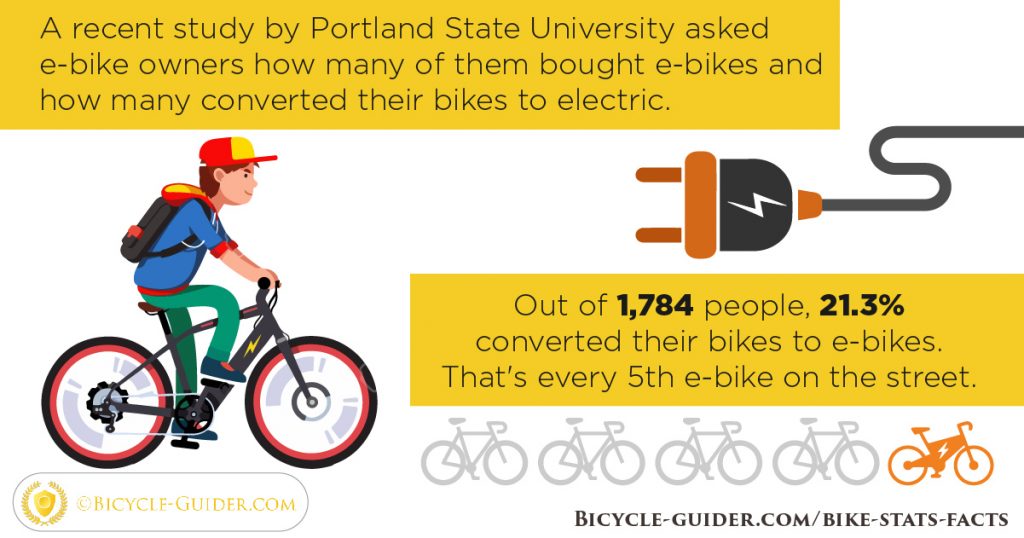Decoding E-Bike Classifications: A Summary Of Their Significances
Decoding E-Bike Classifications: A Summary Of Their Significances
Blog Article
Post Created By-Feldman Slater
If you're taking into consideration buying an e-bike, recognizing the different courses is key in making an informed choice. https://ebiketips.road.cc/content/reviews/step-through-suv/advanced-trekking-pro-fs-wave-5395 could be surprised at exactly how each class offers special features that satisfy different riding choices and lawful requirements. From pedal-assist options to throttle-controlled designs, each course has its benefits. So, prior to you decide on the perfect e-bike for your needs, it's critical to grasp the distinctions between Class 1, Class 2, and Class 3 e-bikes.
Class 1 E-Bikes
Class 1 E-Bikes are defined as pedal-assist electrical bikes that supply aid only when you pedal, ceasing to do so as soon as you get to 20 miles per hour. These bikes are best for those searching for a little added increase while still wishing to obtain some workout. https://fattireebikesuppliers00209.worldblogged.com/39060707/the-all-inclusive-overview-to-electric-bike-upkeep-for-lasting-efficiency -Bikes use a smooth transition in between pedaling and electric help, assisting you conquer hills and long distances with ease. The motor kicks in as soon as you begin pedaling, offering a natural and easy ride experience.
One of the key advantages of Class 1 E-Bikes is that they're permitted on many bike paths and trails where conventional bikes are allowed. This means you can discover new courses and enjoy the outdoors with no restrictions.
Furthermore, these bikes are environmentally friendly and supply a lasting setting of transport, decreasing your carbon footprint while still getting you to your destination successfully.
Class 2 E-Bikes
Proceeding from the pedal-assist dynamics of Course 1 E-Bikes, Course 2 E-Bikes introduce a new element right into the electric bike realm. These e-bikes come with a twist throttle function, enabling you to ride without pedaling in any way. With this enhancement, you have the option to simply involve the throttle and let the motor do the work, driving you ahead effortlessly.
Class 2 E-Bikes are ideal for bikers who might need a break from pedaling or require help when beginning with a total quit. This feature makes them especially appealing for people with minimal flexibility or those that desire a more leisurely riding experience.
However, it is very important to keep in mind that Course 2 E-Bikes are still governed by a speed limit of 20 mph, ensuring safety and security and compliance with guidelines.
Class 3 E-Bikes
For cyclists looking for an extra vibrant electric cycling experience, Course 3 E-Bikes deal improved speed and efficiency contrasted to their Course 1 and Course 2 equivalents. Class 3 E-Bikes are referred to as "speed pedelecs" and can get to speeds of approximately 28 miles per hour, providing a thrilling experience for those trying to find an added boost. These bikes come geared up with a pedal-assist system that begins when you begin pedaling, making it easier to preserve higher rates with much less initiative.
One essential feature of Class 3 E-Bikes is that they aren't limited to bike lanes just; they can also be used on streets where the rate limitation is 30 mph or reduced. This versatility allows riders to navigate with traffic extra successfully while still enjoying the benefits of electrical support.
However, it's vital to keep in mind that some areas might have specific regulations pertaining to making use of Course 3 E-Bikes, so constantly check neighborhood laws before hitting the trail.
why does hoverboard beep , since you comprehend the distinctions in between Class 1, 2, and 3 E-Bikes, you can make a notified choice on which type finest fits your requirements. Whether you favor pedal-assist, throttle feature, or greater rates, there is an E-Bike class around for you. Keep in mind to consider your regional guidelines and individual preferences prior to making your option. Happy riding!
